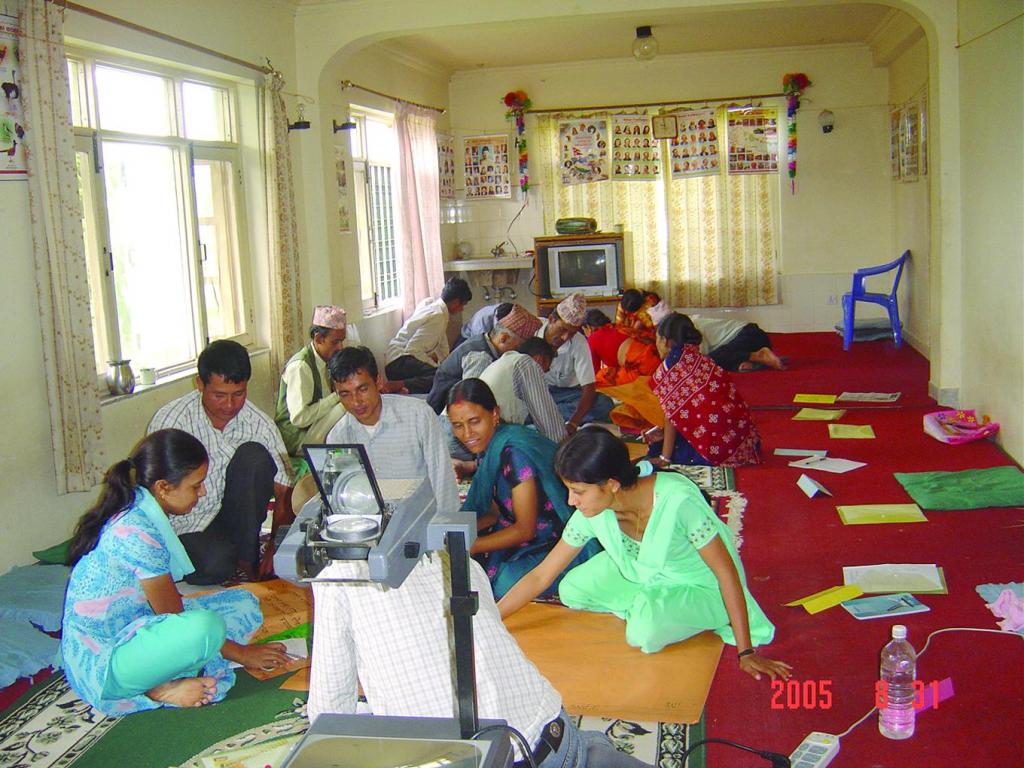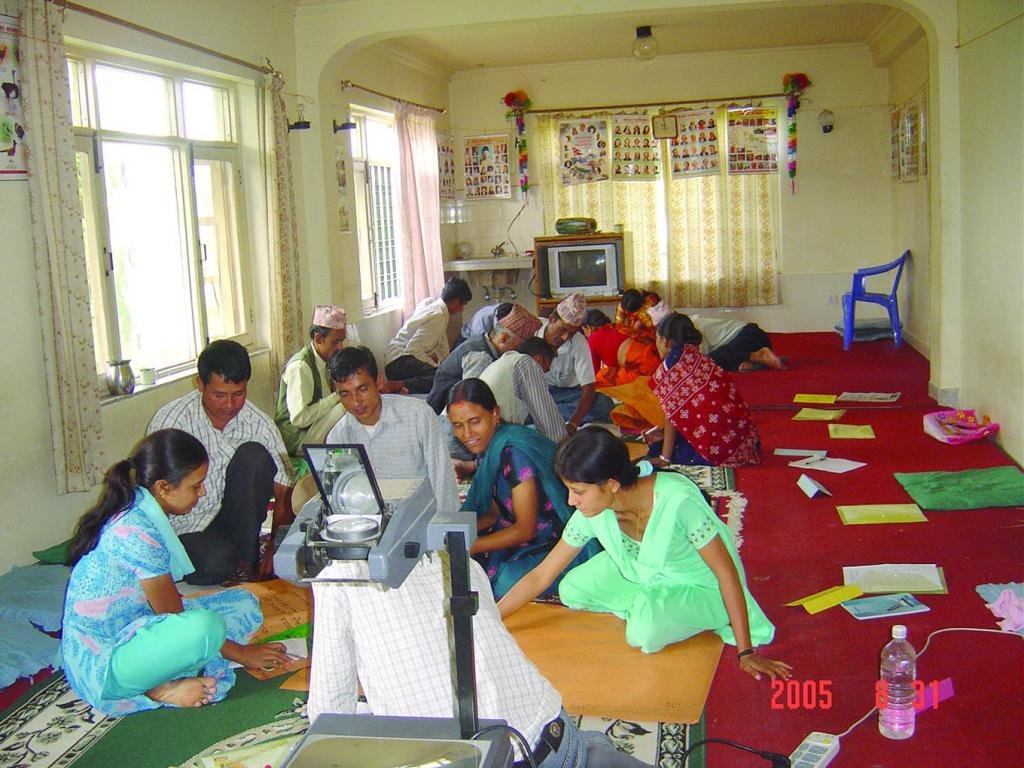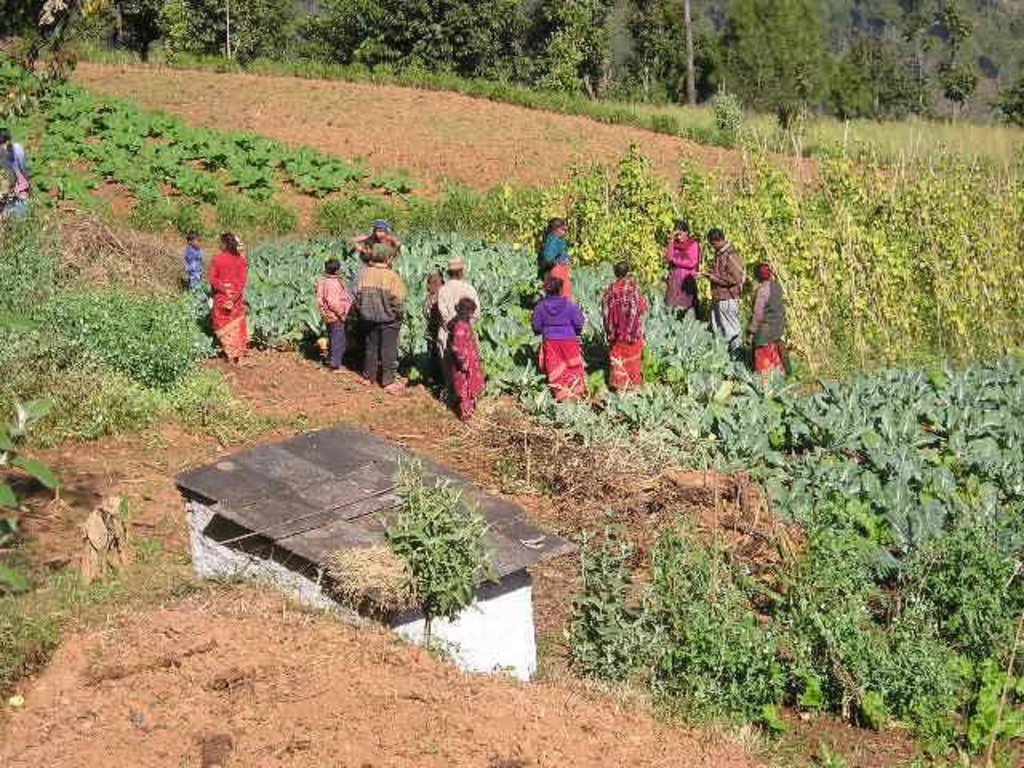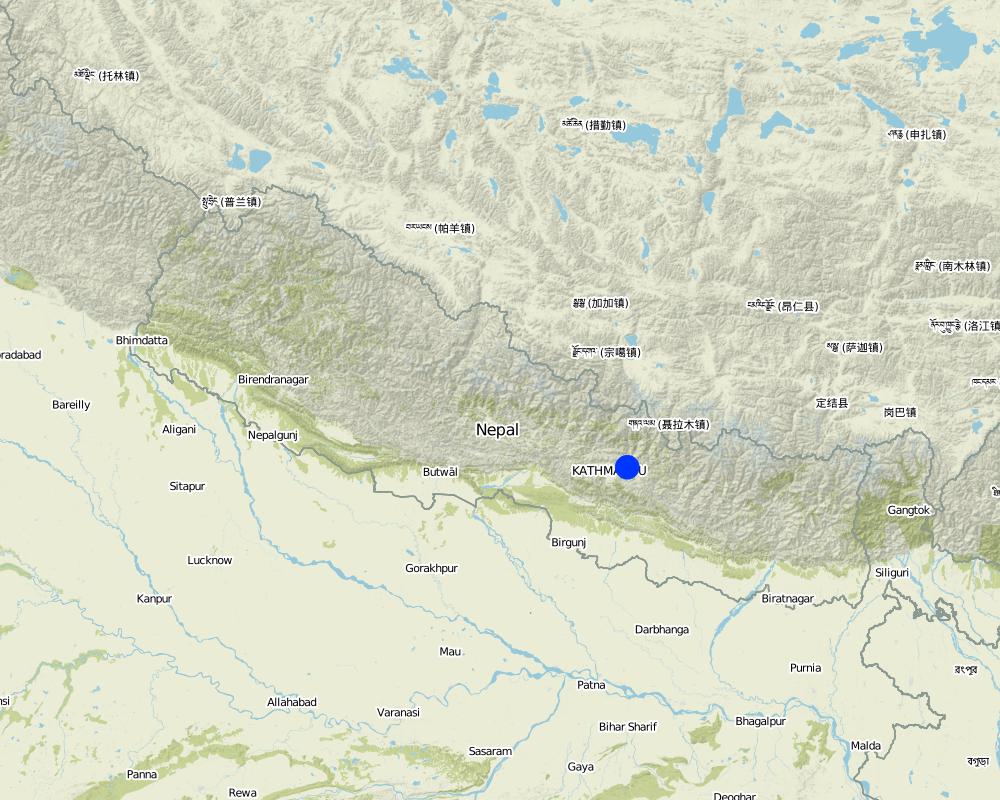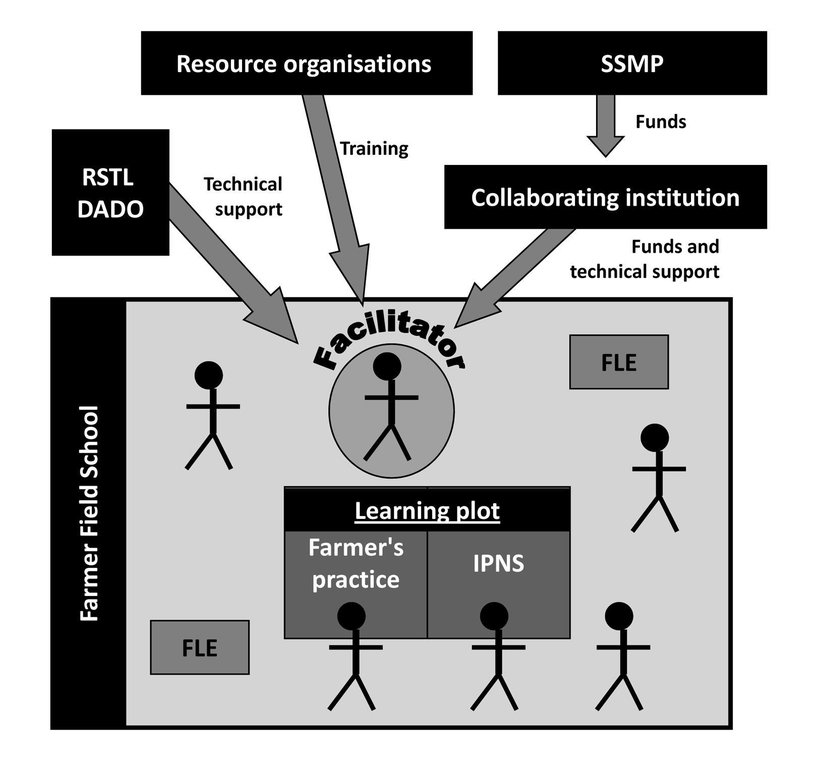Farmer field schools on integrated plant nutrient systems [Nepal]
- Criação:
- Atualização:
- Compilador/a: Richard Allen
- Editor: –
- Revisor: Laura Ebneter
Krishak Pathsala (Nepali)
approaches_2351 - Nepal
1. Informação geral
2. Descrição da abordagem de GST
3. Participação e papel das partes interessadas envolvidas
4. Suporte técnico, reforço das capacidades e gestão do conhecimento
5. Financiamento e apoio material externo
6. Análise de impactos e declarações finais
7. Referências e links
Links e módulos
Recolher tudoLinks
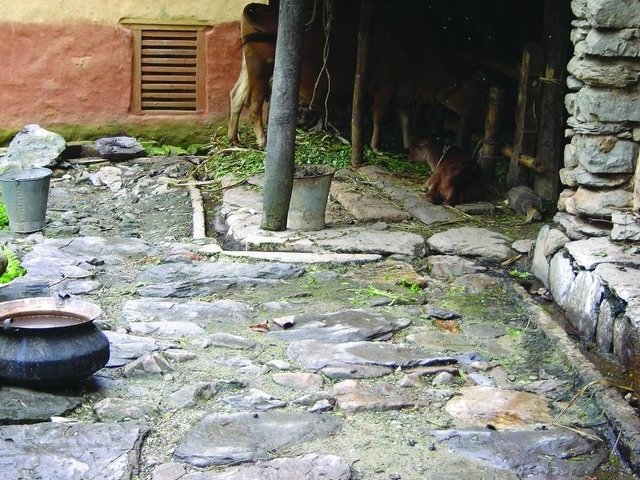
Improved cattleshed for urine collection [Nepal]
Collection of cattle urine in improved cattle sheds for use as liquid manure and organic pesticide
- Compilador/a: Richard Allen
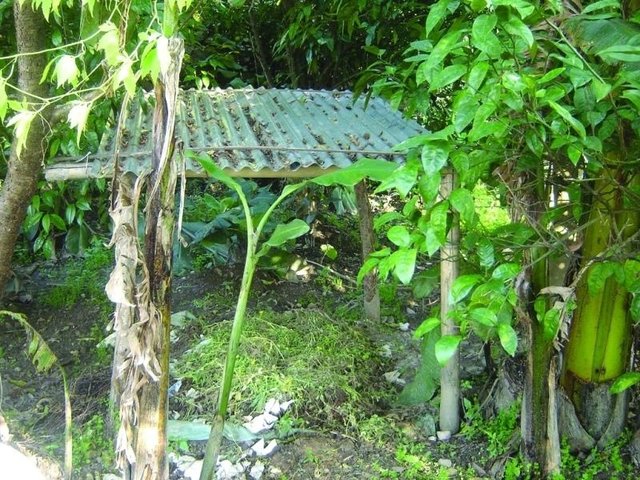
Improved compost preparation [Nepal]
Improved compost preparation using a range of biomass and waste to produce high value fertiliser
- Compilador/a: Richard Allen
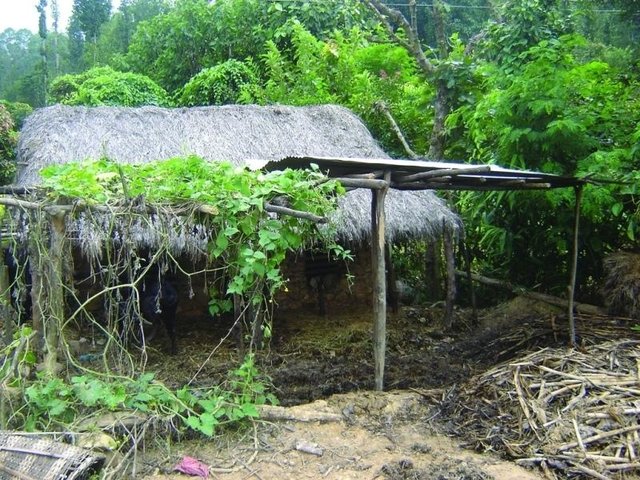
Improved farmyard manure through sunlight, rain and runoff … [Nepal]
Improving farmyard manure by protecting it from direct sunlight, rainfall, and runoff to reduce volatilisation and leaching
- Compilador/a: Richard Allen
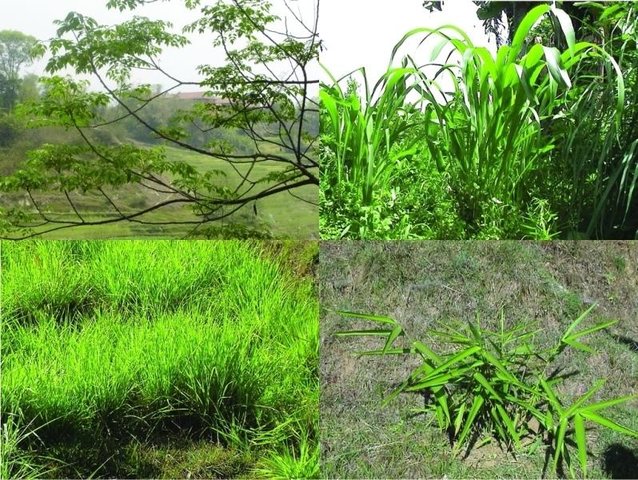
Cultivation of fodder and grasses [Nepal]
Cultivation of fodder crops on marginal lands and terrace risers
- Compilador/a: Richard Allen
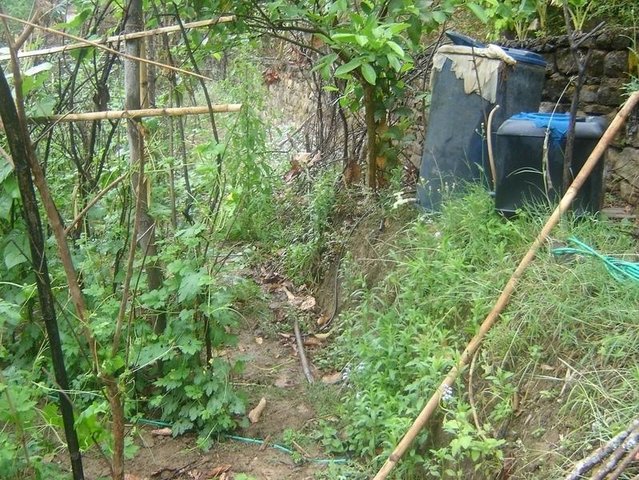
Urine application through drip irrigation for bitter gourd … [Nepal]
Application of cattle urine through drip irrigation technology to provide constant flow of fertiliser to bitter gourd
- Compilador/a: Richard Allen
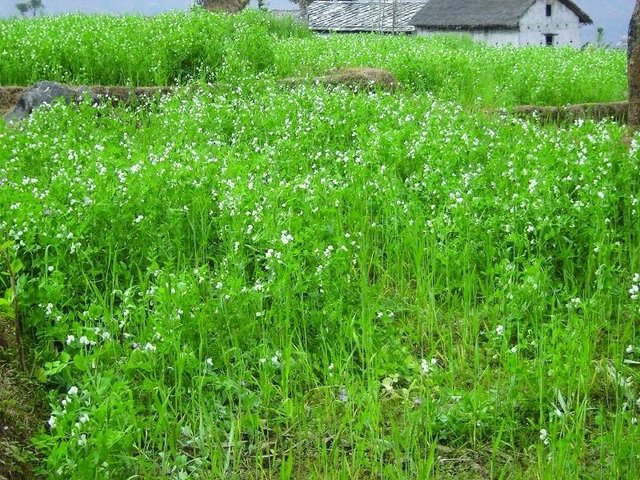
Legume integration [Nepal]
Integration of leguminous crops as intercrops on terrace risers or as relay crops
- Compilador/a: Richard Allen
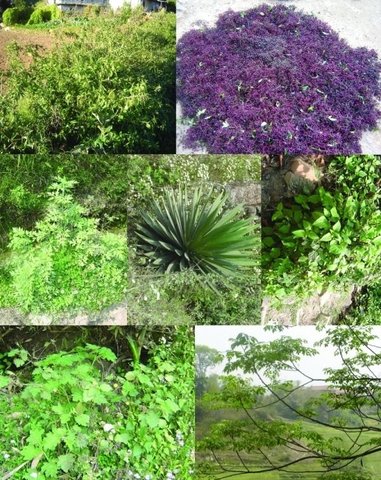
Organic pest management [Nepal]
Promotion of botanical pesticides for organic pest management and liquid manure
- Compilador/a: Richard Allen
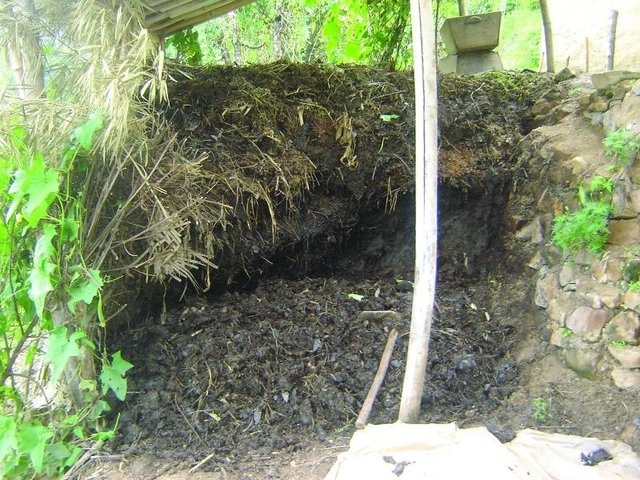
Better quality farmyard manure through improved decomposition [Nepal]
Collection and proper storage of farmyard manure in heaps or pits
- Compilador/a: Richard Allen
Módulos
Não há módulos


